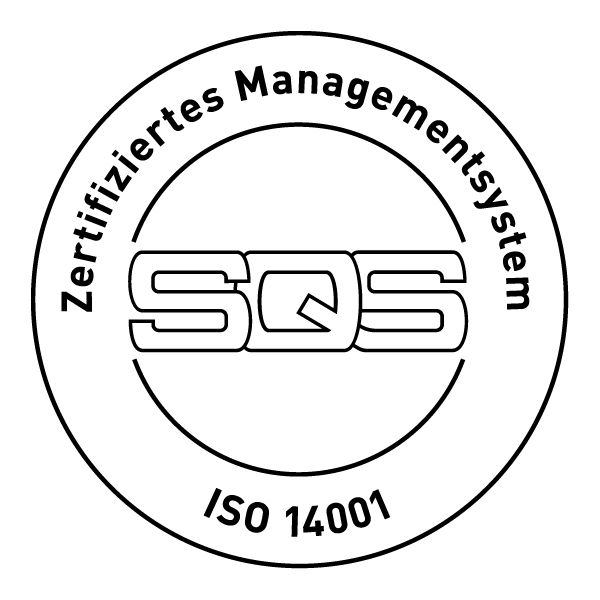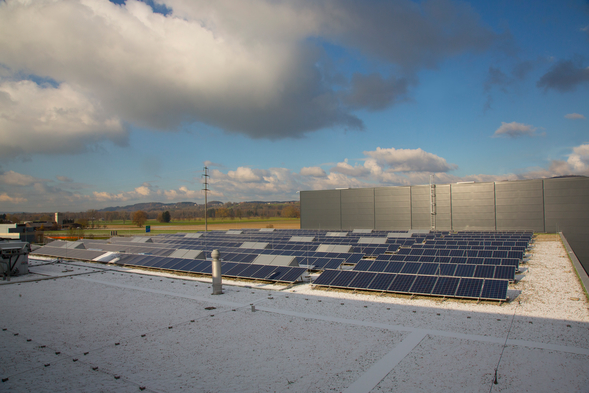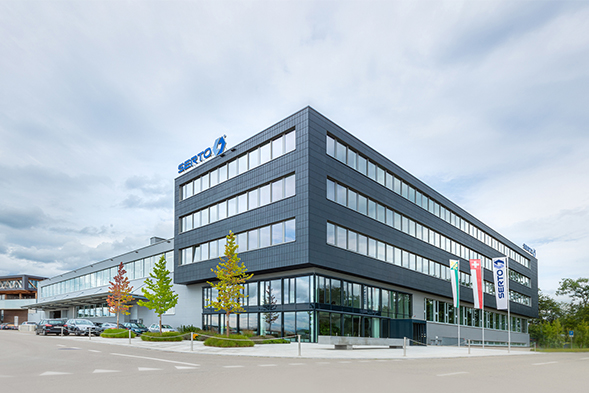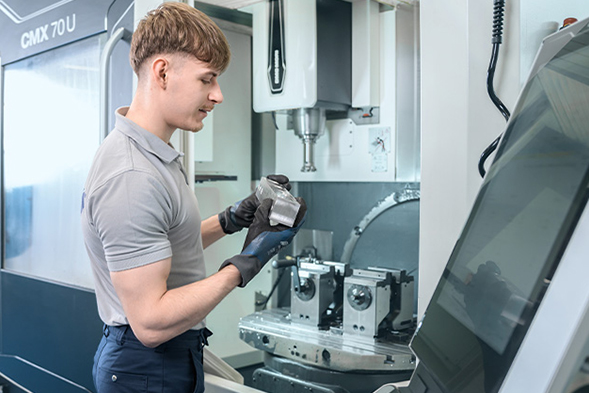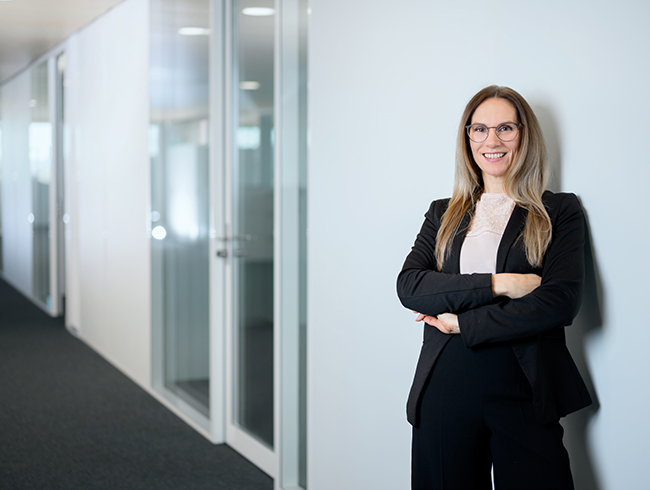Notice on Current Shop Availability
Our online shop is currently offline due to an ERP system transition and is expected to remain unavailable until January 12, 2026.
During this time, no orders can be placed via the webshop. However, product information will continue to be available as usual.
From December 12 to January 12, you can place your orders directly through our internal sales team: info-ch@serto.com


